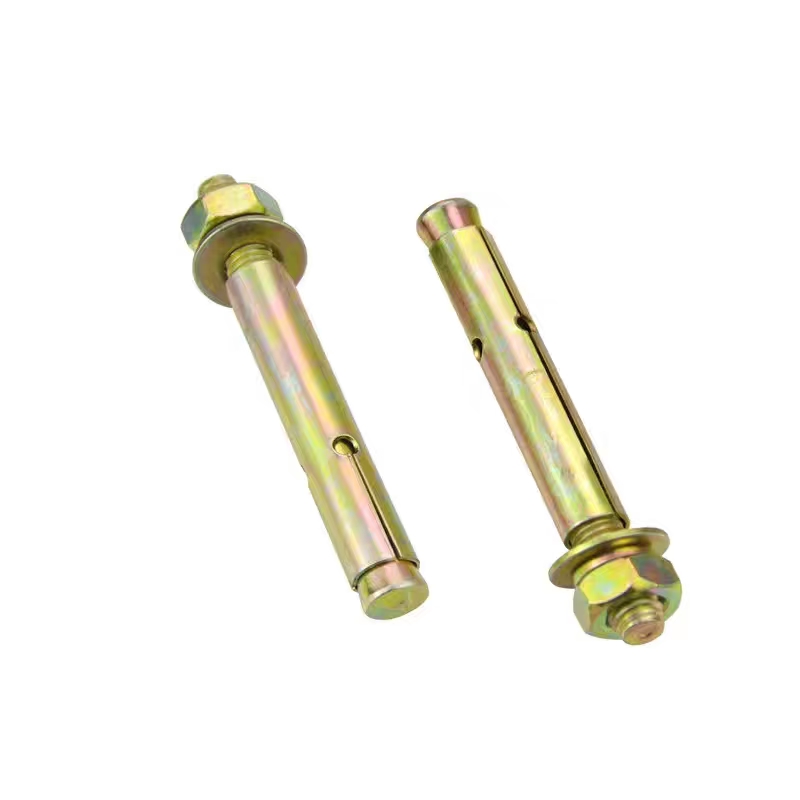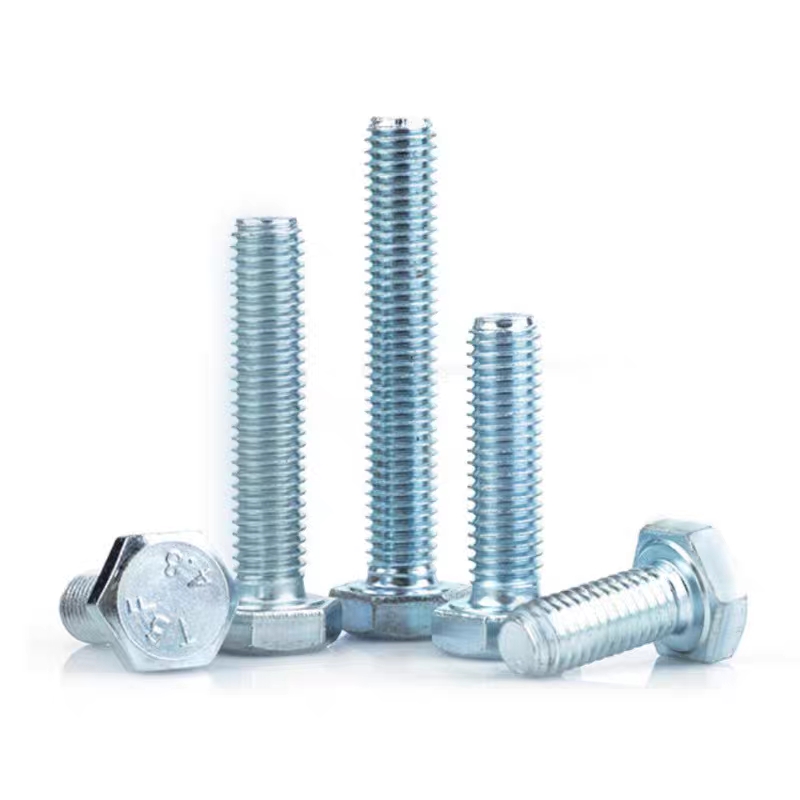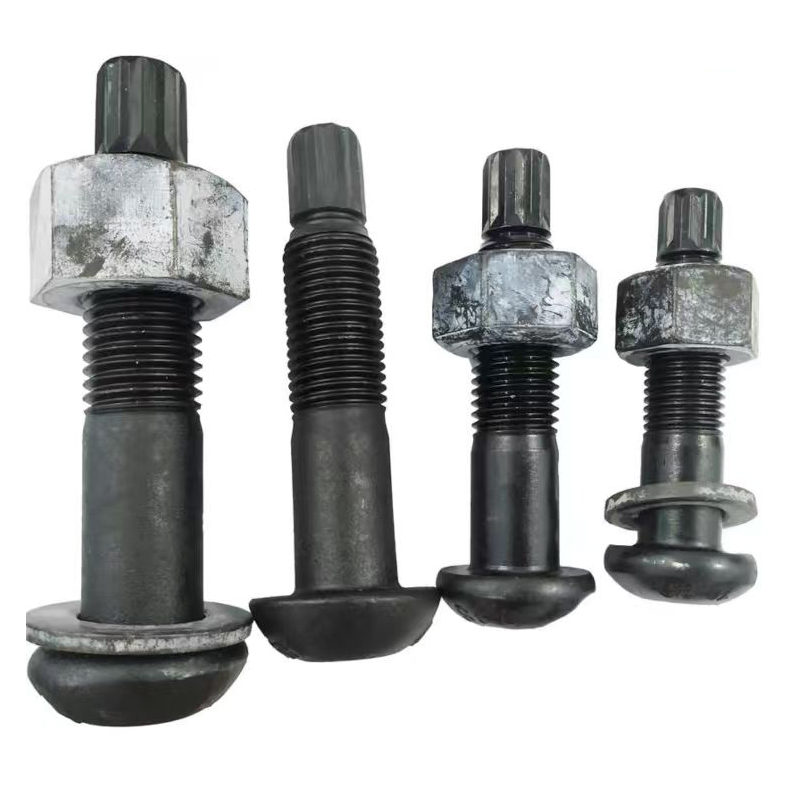- Chinese
- French
- German
- Portuguese
- Spanish
- Russian
- Japanese
- Korean
- Arabic
- Irish
- Greek
- Turkish
- Italian
- Danish
- Romanian
- Indonesian
- Czech
- Afrikaans
- Swedish
- Polish
- Basque
- Catalan
- Esperanto
- Hindi
- Lao
- Albanian
- Amharic
- Armenian
- Azerbaijani
- Belarusian
- Bengali
- Bosnian
- Bulgarian
- Cebuano
- Chichewa
- Corsican
- Croatian
- Dutch
- Estonian
- Filipino
- Finnish
- Frisian
- Galician
- Georgian
- Gujarati
- Haitian
- Hausa
- Hawaiian
- Hebrew
- Hmong
- Hungarian
- Icelandic
- Igbo
- Javanese
- Kannada
- Kazakh
- Khmer
- Kurdish
- Kyrgyz
- Latin
- Latvian
- Lithuanian
- Luxembou..
- Macedonian
- Malagasy
- Malay
- Malayalam
- Maltese
- Maori
- Marathi
- Mongolian
- Burmese
- Nepali
- Norwegian
- Pashto
- Persian
- Punjabi
- Serbian
- Sesotho
- Sinhala
- Slovak
- Slovenian
- Somali
- Samoan
- Scots Gaelic
- Shona
- Sindhi
- Sundanese
- Swahili
- Tajik
- Tamil
- Telugu
- Thai
- Ukrainian
- Urdu
- Uzbek
- Vietnamese
- Welsh
- Xhosa
- Yiddish
- Yoruba
- Zulu
- Kinyarwanda
- Tatar
- Oriya
- Turkmen
- Uyghur

wholesale Electro-galvanized embedded plate
Understanding Wholesale Electro-galvanized Embedded Plates
Electro-galvanized embedded plates might sound niche, but they're a staple in construction, particularly where durability and cost-effectiveness are required. This piece dives into their applications, pitfalls, and a few lessons learned the hard way.
What Exactly Are Electro-galvanized Embedded Plates?
The first time I encountered electro-galvanized embedded plates, I underestimated their significance in construction. They're typically used in concrete structures, acting as interfaces for various attachments. This electro-galvanization process offers a protective zinc coating, enhancing corrosion resistance. Still, many newcomers overlook the necessity of quality assurance in this process.
I've seen projects where improper treatment led to premature corrosion. It's not just about dipping steel in zinc. It's the entire process, from surface preparation to maintaining optimal bath conditions. Companies like Handan Zitai Fastener Manufacturing Co., Ltd. ensure stringent quality controls in this electro-galvanization process, which is crucial.
Located in the heart of Hebei Province, this company's proximity to major transport routes, such as the Beijing-Guangzhou Railway and National Highway 107, ensures timely delivery of these essential components. Their strategic location is something many firms should emulate to enhance logistical efficiencies.
Missteps and Learning Curves
A misstep I've observed is prioritizing cost over quality. We once opted for cheaper alternatives, and the subsequent failure in parts led to costly delays. Choosing a reputable supplier is crucial, not just for compliance but for overall project sustainability.
Electro-galvanized plates might seem straightforward, but their performance is influenced by multiple factors, including the galvanization thickness, base material quality, and even environmental exposure. It’s an intricate balance that companies like Handan Zitai understand deeply, providing detailed specifications for their products, which is invaluable for project planning.
I've also found that engaging directly with manufacturers has distinct advantages. Visiting facilities illuminates their processes and quality standards. With Handan Zitai, for instance, the transparent manufacturing process can be an eye-opener, especially seeing how they address each stage of production with precision.
Applications and Versatility
These plates are not limited to skyscrapers or mega-projects; they find uses in residential constructions, bridges, and industrial settings. The versatility is partly due to the strength and reliability provided by the electro-galvanized steel.
However, every application demands specific considerations. In marine environments, additional corrosion protection might be necessary despite the galvanization, such as supplementary coatings or alternative materials. Reflecting on past projects, integrating feedback loops with the construction team prevented oversight on such critical adjustments.
A practical note: always align the choice of these plates with the specific demands of the environment they’ll operate in. This precision avoids common pitfalls and ensures longevity and safety in structural applications.
Supplier Relationships and Trust
In an industry where specifications can rapidly change, maintaining a robust relationship with suppliers can be a technological and logistical advantage. Handan Zitai Fastener Manufacturing Co., Ltd. offers a reliable communication line, providing updates on new advancements and adjustments in standards.
During a particularly challenging project, quick access to such insights helped us pivot strategies mid-construction. The constraints of working in tight urban spaces made this flexibility not just beneficial but essential.
Trust isn’t built overnight. It’s these sustained interactions, open dialogues, and proven reliability in crunch times that forge lasting partnerships. For anyone in the construction supply chain, nurturing these relationships is as crucial as the engineering plans themselves.
The Market and Future Considerations
The demand for these embedded technologies grows with the rapid pace of modern construction needs. Developers increasingly require precision-engineered solutions that offer both strength and adaptability—a trend Handan Zitai is well-positioned to support.
I’ve noticed a surge in requests for custom solutions, pushing manufacturers to expand their design and engineering capabilities. This is where innovation meets practical demand, fostering a dynamic shift in how projects are approached.
As we move forward, considering sustainable practices in producing these essential components will be pivotal. Manufacturers committed to eco-friendly processes while maintaining quality will likely lead the charge in future developments. This process isn’t just about meeting compliance but about contributing to a sustainable future.
Related products
Related products
Best selling products
Best selling products-
 Electroplated galvanized gaskets
Electroplated galvanized gaskets -
 Black zinc flange bolts
Black zinc flange bolts -
 Colored zinc-plated expansion bolts
Colored zinc-plated expansion bolts -
 Colored zinc-plated cross countersunk drill thread
Colored zinc-plated cross countersunk drill thread -
 Hexagon socket electrogalvanized bolts
Hexagon socket electrogalvanized bolts -
 Colored zinc plated countersunk cross bolts
Colored zinc plated countersunk cross bolts -
 Colored galvanized hexagonal drill tail wire
Colored galvanized hexagonal drill tail wire -
 Electroplated galvanized flange nut (flange face nut)
Electroplated galvanized flange nut (flange face nut) -
 Electrogalvanized hexagonal bolts
Electrogalvanized hexagonal bolts -
 Electrogalvanized chemical bolts
Electrogalvanized chemical bolts -
 Basket bolts
Basket bolts -
 Electrogalvanized expansion bolts
Electrogalvanized expansion bolts













